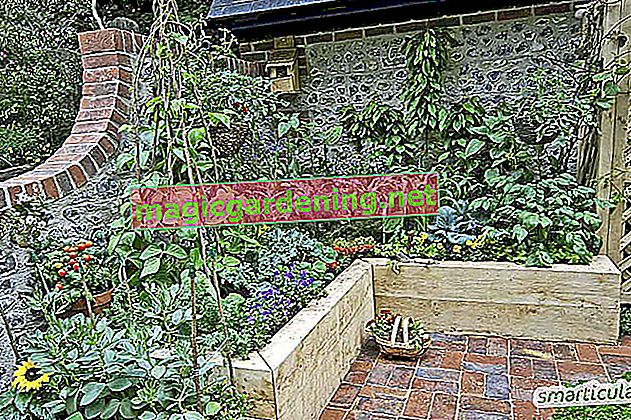
Take a close look at the garden
In permaculture, all existing resources are used and even new ones are created. To do this, you first have to observe and carefully explore the garden. Among other things, you should find out:
- See which areas have shade, where there is partial shade and where there is a lot of sun.
- Check if your garden has slopes so that they can be used for water flow and irrigation.
- Which plants are naturally found in your garden? (including wild herbs and "weeds")
- Check for areas with a lot of wind.
- You may take a soil sample to know how nutritious your soil is and how much you should help.
also read
- The permaculture garden
- Planning a cottage garden
- Permaculture in the allotment garden
If you think you know your garden and its surroundings well, then the planning can begin
Plan the construction of the permaculture garden
A permaculture garden is also divided into different beds. In addition, there are typical permaculture elements such as natural ponds, herb spirals, hill beds, raised beds, insect hotels, compost heaps, potato towers, stables for rabbits and chickens, etc.
It is best to first plan on paper in two steps:
1. Plan biodiversity
Think about which fruits and vegetables you want to grow and how much of them you will need. If you want to feed yourself completely from your own garden, you should first make an analysis of how much you are eating. It is also important to remember that the harvest - and therefore the sowing - is staggered so that you can harvest all year round. If you have chickens and / or rabbits, plan for their feed as well.
2. Plan the structure
Outline - taking into account the local conditions - where what should go, how wide the beds should be, where watercourses should go, etc.
Tips
A permaculture garden should function for years and must therefore be planned for the long term. So don't plan just for one year, but for several: Put on several plants and pay attention to the crop rotation by planning the cultivation on the different beds for several years.







